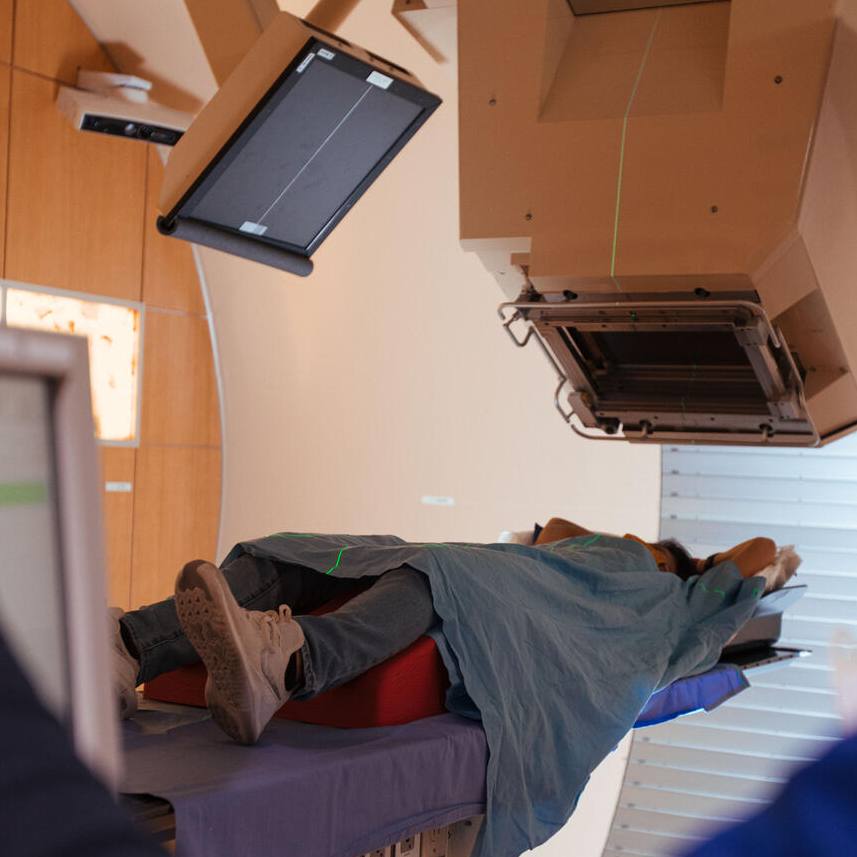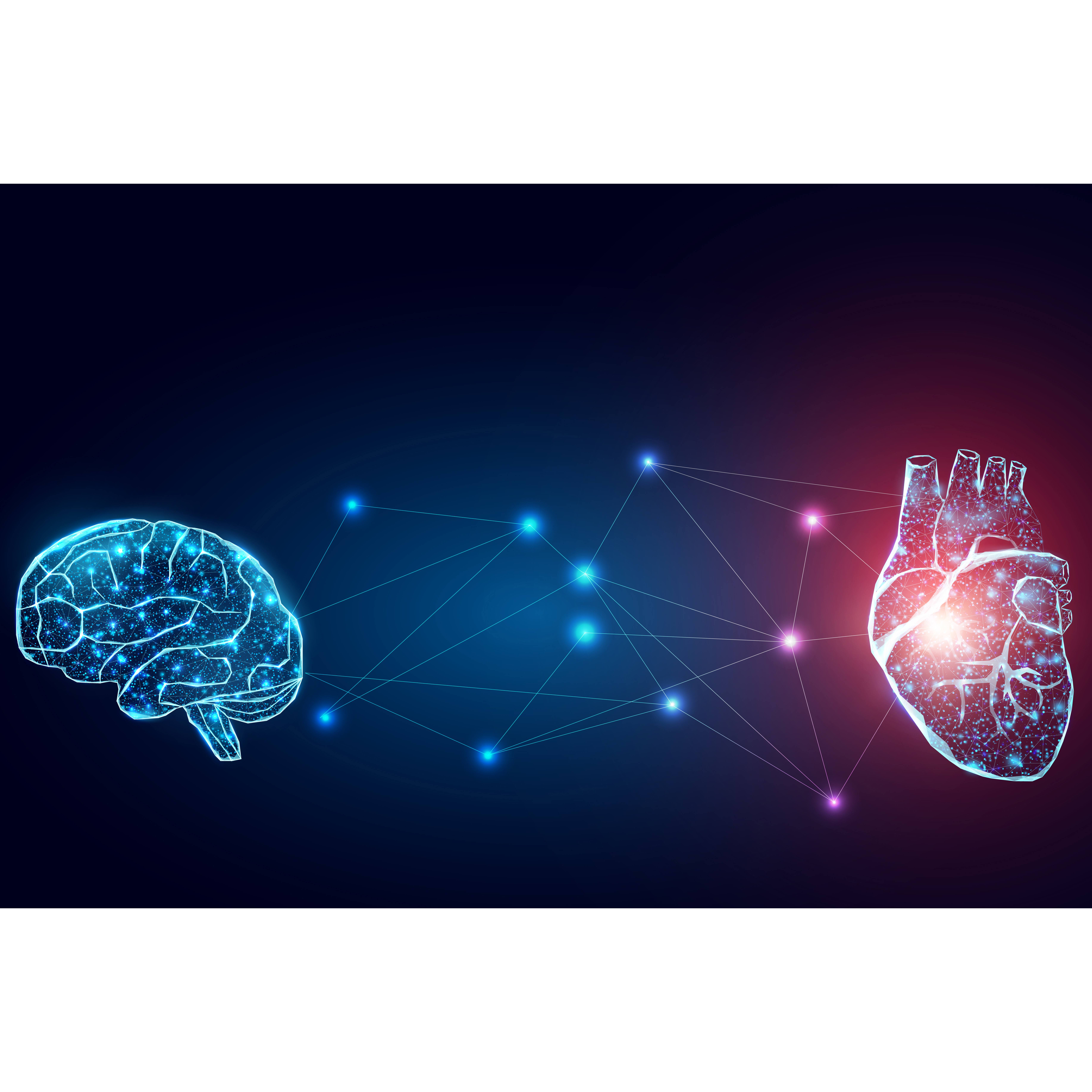-
Mayo Clinic Researchers Apply Regenerative Medicine to Battlefield Injuries
ROCHESTER, Minn. — Sept. 30, 2013 — Mayo Clinic researchers are part of the second phase of a national consortium that focuses on developing innovative medical treatments for wounded veterans. Mayo's role will emphasize peripheral nerve regeneration. Mayo's principal investigator is Anthony Windebank, M.D., a neurologist and deputy director for discovery in the Mayo Clinic Center for Regenerative Medicine. Other organizations will focus on head and face trauma, burns, transplants and other conditions.
MULTIMEDIA ALERT: Video resources, including interviews with Dr. Windebank, are available for journalists at the Mayo Clinic News Network.
"The opportunity to work together with a multidisciplinary, multi-institutional team that will create new therapies for our injured service members is a privilege, and we are proud that Mayo Clinic will be able to make a contribution to this effort," says Dr. Windebank. Other Mayo investigators include Michael Yaszemski, M.D., Ph.D., biomedical engineering and orthopedics; Allen Bishop, M.D., orthopedics; Alexander Shin, M.D., orthopedics; and Robert Spinner, M.D., neurologic surgery.
The consortium — the Armed Forces Institute of Regenerative Medicine (AFIRM) — is part of a national effort created to address the health care challenges of severely injured veterans returning from Afghanistan and Iraq. It is funded by the Army Medical Research and Materiel Command, in conjunction with the Office of Naval Research and the National Institutes of Health.
The first phase of AFIRM, which began in 2008, resulted in clinical studies of face transplantation, minimally invasive surgery for craniofacial injuries, a lower-dose anti-rejection regimen after kidney transplantation, scar reduction treatments, fat grafting for reconstructive surgery and new treatments for burns. The second phase (AFIRM-II) is a five-year, $75 million project and will focus on developing clinical therapies.
AFIRM-II will build on the efforts of the first five years, using regenerative medicine to develop new products and therapies to repair battlefield injuries. Regenerative medicine employs cell therapy (including stem cells), tissue and biomaterials engineering, and transplants to enable the body to repair,replace, restore and regenerate damaged tissues and organs. It will accelerate the rate at which biomaterials and technologies are converted into therapies to restore lost tissue and function. These products and therapies also will serve civilian trauma and burn patients.
"The Mayo Clinic Center for Regenerative Medicine is honored to partner in this national effort poised to transform the care of severely wounded veterans. Advances in regenerative technologies promise unprecedented benefits for patients, their families and society," says Andre Terzic, M.D., Ph.D., the Michael S. and Mary Sue Shannon Family Director, Center for Regenerative Medicine, and Marriott Family Professor of Cardiovascular Diseases Research at Mayo Clinic.
The core academic partners of AFIRM-II are Mayo Clinic; Brigham and Women's Hospital; Case Western Reserve University; Cleveland Clinic; Georgia Institute of Technology; Jewish Hospital; Johns Hopkins University; Livionex Inc.; Massachusetts General Hospital; New York University School of Medicine; Northwestern University; Oregon Health & Science University; Radboud University Medical Center; Research Foundation of SUNY; Rice University; Stanford University School of Medicine; Rutgers, The State University of New Jersey; Southwest Research Institute, Stratatech Corporation; The Ohio State University College of Medicine; Tufts University; University of California, Los Angeles; University of Cincinnati, University of Connecticut; University of Florida; University of Louisville School of Medicine; University of Maryland School of Medicine, University of Michigan; University of Pittsburgh; UW Medicine; Vanderbilt University Medical Center; and Wake Forest University School of Medicine (Wake Forest Baptist Medical Center). These core partners are supported by a large number of industrial collaborators and participating health care companies that have expressed an interest in the commercialization of new products and therapies emerging from AFIRM's research program.
###
About Mayo Clinic
Recognizing 150 years of serving humanity in 2014, Mayo Clinic is a nonprofit worldwide leader in medical care, research and education for people from all walks of life. For more information, visit 150years.mayoclinic.org, www.mayoclinic.org and newsnetwork.mayoclinic.org.
MEDIA CONTACT:
Jennifer Schutz, Mayo Clinic Public Affairs, 507-284-5005, newsbureau@mayo.edu







